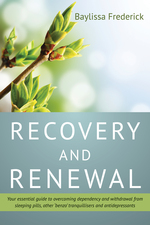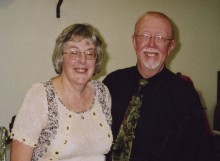 In my last post, I looked at Sapphire’s Story, with the aim of showing the importance of person-centered treatment. Along Sapphire’s journey into and out of addiction, things went well when Sapphire was intimately involved in decisions about her treatment, but poorly when professionals took sole control.
In my last post, I looked at Sapphire’s Story, with the aim of showing the importance of person-centered treatment. Along Sapphire’s journey into and out of addiction, things went well when Sapphire was intimately involved in decisions about her treatment, but poorly when professionals took sole control.
We left Sapphire’s Story after the Community Drugs Treatment (CDT) had reduced her prescribed methadone dose against her will and she started to use street drugs again. She eventually became addicted to crack. This drug took over Sapphire’s life, until the day she ended up in hospital: ‘I’m not sure what actually happened one particular day. I know that I had been up for about five days smoking crack and I think I had a fit and was taken to hospital.’

 Sapphire’s Story
Sapphire’s Story People who decide to stop taking drugs or drinking alcohol after using or drinking for long periods of time, need to be aware that they might experience withdrawal effects which can be irritating, debilitating and even life-threatening.
People who decide to stop taking drugs or drinking alcohol after using or drinking for long periods of time, need to be aware that they might experience withdrawal effects which can be irritating, debilitating and even life-threatening.










